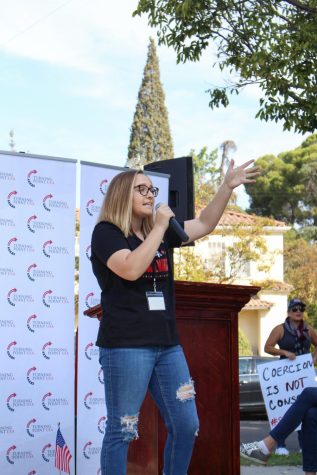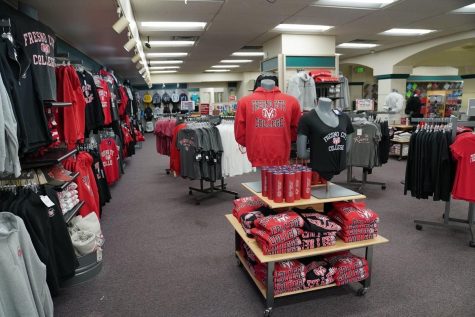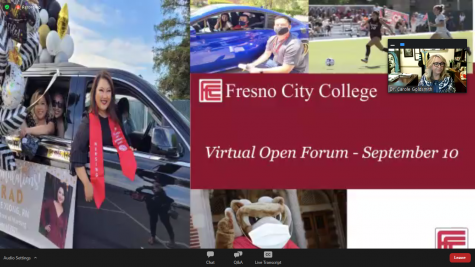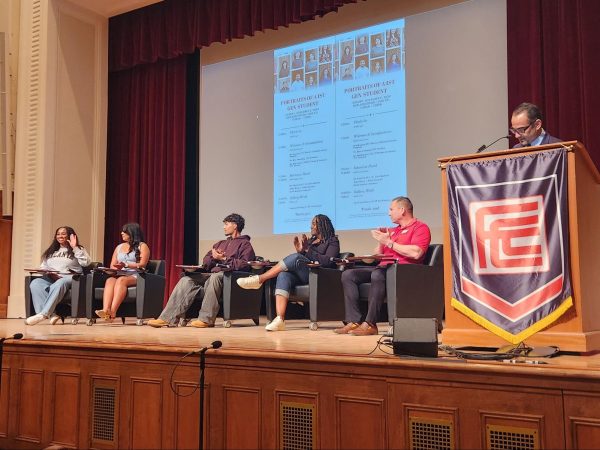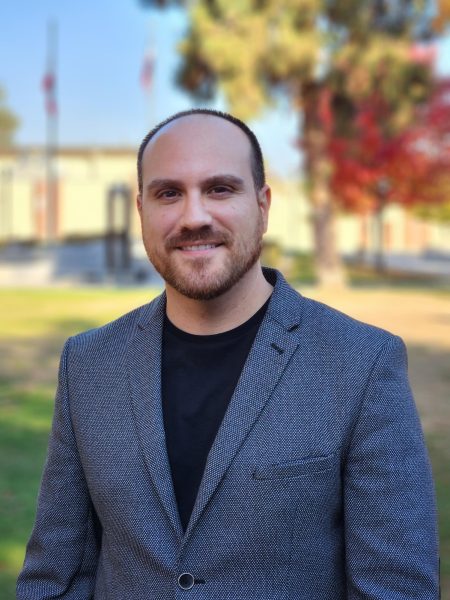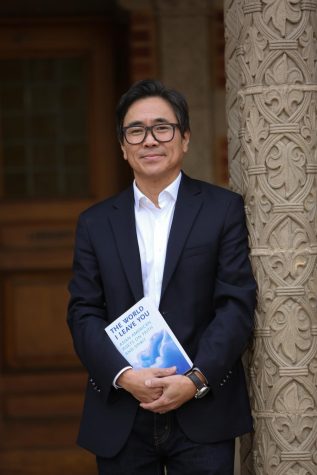Fresno City College Faces a Decline in Enrollment due to COVID-19 pandemic
Like many other community colleges, Fresno City College has faced a decline in enrollment as a result of the COVID-19 pandemic.
FCC Vice President of Instruction, Don Lopez, told The Rampage that enrollment at FCC is down by approximately 17% from fall 2019 to fall 2020.
In fall 2019, there were 25,527 students enrolled compared to the 24,690 enrolled in spring 2020, according to FCC’s student headcount dashboard.
The number of students enrolled during fall 2020 has not yet been made public.
Even though a decline in enrollment was expected, Lopez admits that FCC administration did not expect the number to be so large.
“In normal times if we had seen this kind of decline, it would have a tremendous impact on the overall resources to the institution,” Lopez said.
Given the pandemic, the state of California and the State Center Community College District chancellor’s office have decided not to reduce the amount of money coming to FCC.
In addition, FCC temporarily froze hiring in order to maintain an appropriate budget and deal with any other issues which may arise during this unprecedented time, according to Lopez.
As reported by The Washington Post, there are many reasons as to why students are dropping courses or not enrolling at all during the pandemic.
Most students were forced to transition from in-person to remote learning, which was a learning curve for many and gave rise to other problems like lack of proper technological equipment to complete coursework.
To combat those issues, FCC purchased and distributed iPads, laptops and WiFi devices to students to help ease the transition.
Aside from technological issues, the limited number of face-to-face courses being offered is another reason why students are not attending college during the pandemic.
During the fall 2020 semester, courses were primarily taught remotely while roughly 70 were being taught in-person, according to Lopez.
Dennis Jeppson, a history major at FCC, is one of the many students who temporarily dropped out due to remote learning.
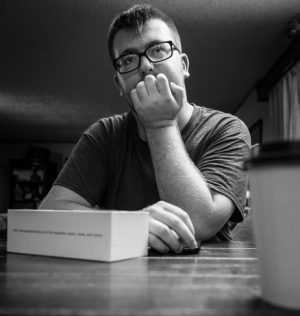
Although he attended in spring 2020, Jeppson decided to take the fall 2020 semester off because the transition from in-person to remote learning was a “culture shock.”
For him, online courses just didn’t feel right and were unnatural to what he had been used to for his entire academic career pre-COVID.
Like others, Jeppson originally planned to wait the pandemic out.
However after realizing in-person instruction might not return until late 2021 or even 2022 and six months wasted was more than enough for him, he enrolled in classes for the spring 2021 semester.
“It’s a really unwelcome change for me and I’d prefer it if I didn’t have to make it, but with infection numbers rising I knew it’d be a change I’d have to make in order to continue my education,” he said.
By returning to FCC, Jeppson is just trying to get that sense of normalcy he and many others had over a year ago.
In the article where the decline was first reported, FCC President Carole Goldsmith mentioned that FCC’s performing arts department has struggled with keeping students enrolled since many of these courses are now strictly online.
In fall 2019, 5,795 students took courses within the Fine, Performing and Communication Arts division, according to FCC’s student course enrollment dashboards.
In spring 2020, the number fell to 5,219. Enrollment numbers for fall 2020 have not been released.
Cristal Tiscareno, adjunct dance professor at FCC, confirmed the pandemic along with it’s restrictions has impacted dance courses including hers.
In previous semesters, Tiscareno usually taught three courses: a lecture course, a technique dance course and a collective faculty performance course.
But due low enrollment for the fall 2020 semester, she only taught two of those three courses, dance appreciation and a collective faculty performance.
When it comes to finding a probable answer for the decline, Tiscareno firmly believes it is because very few courses are being offered in-person.
“Simple. They [students] want face to face. In dance technique it is hard to break down what we see as instructors,” she said. “Students need our close eye on their every move to make them the athletes needed to survive in this profession.”
Although it is hard to keep students motivated during these times, Tiscareno believes working remotely has made her more organized and affirms she’s still having fun teaching.
Before the spring 2021 semester began, Cyndie Luna, dean of the FPCA division, sent an email to students, encouraging them to enroll this semester.
“If you are questioning if this is the right time to stay enrolled in college, I offer this advice: time will pass whether you are in school or not,” she said. “Make it count!”
Despite there being many attempts at trying to increase enrollment numbers, such as more targeted marketing whether it be through direct emails or text messages, FCC officials are expecting another decline in 2021, according to Lopez.
During spring semesters, enrollment tends to naturally decline because fall semesters are when incoming freshmen from high school and people returning to college begin to attend which is less common in spring.
“We always see a 5-7% decline. We expect to see that same thing, if not more. Again, this is a challenge,” Lopez said.
In order to lessen this next decline, Lopez says FCC administration and faculty are trying to do, “Everything possible” which means understanding what support students need, utilizing funding to train faculty members on remote teaching tools and more.
By continuing training in remote teaching during the spring, Lopez hopes that if faculty improves at using resources like Canvas and Zoom students will stop dropping courses.
FCC also plans to keep offering resources such as counseling, Ram Pantry, psychological services, tutorial services and more remotely during the spring semester for students to utilize.

Julie Chavez is a 21-year-old journalism major who is still trying to figure her life out.
She was born and raised in Southern California but moved...

